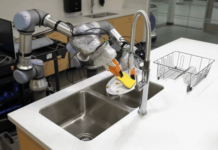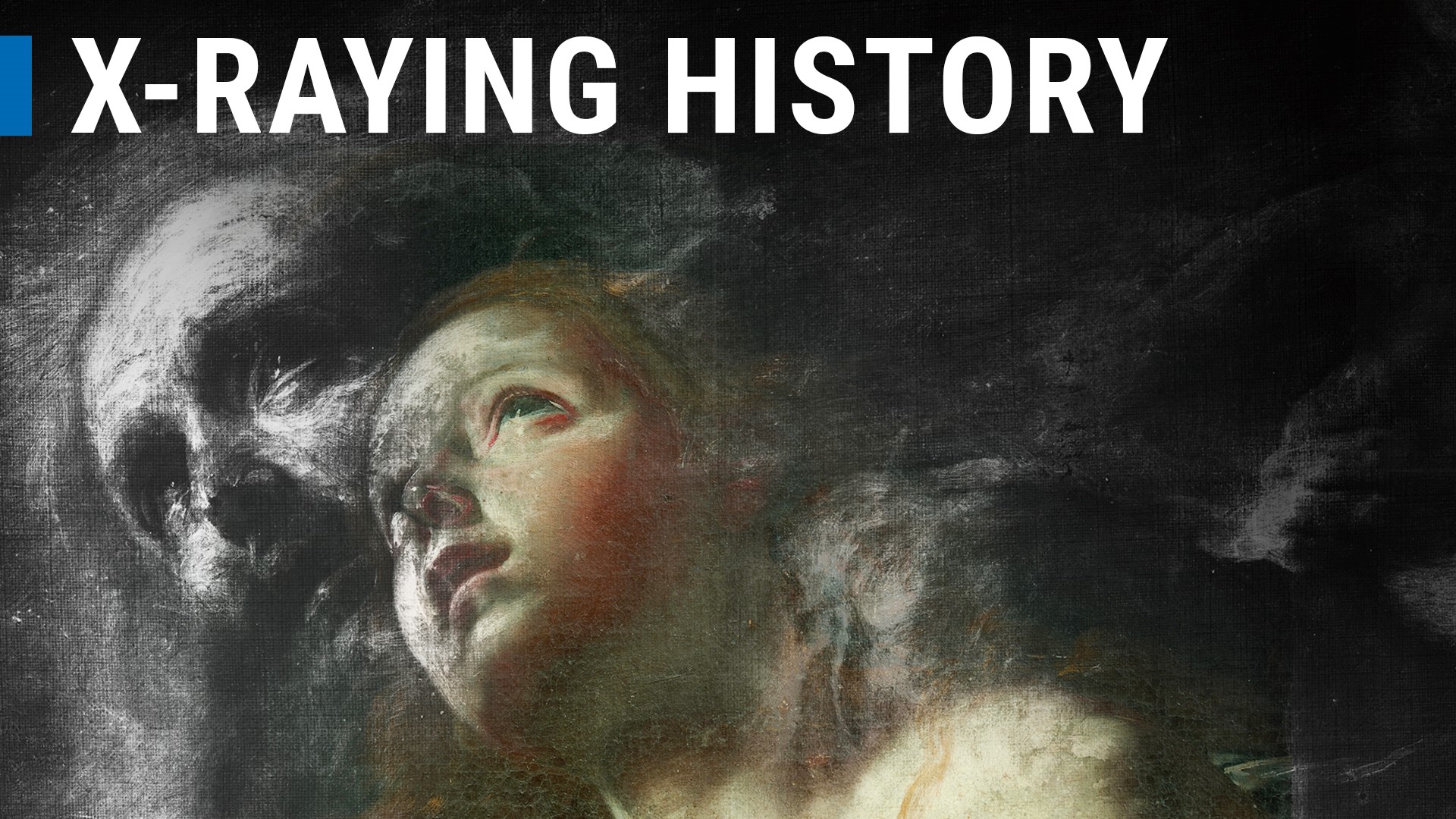Unveiling Malta’s Cultural Heritage with Advanced X-ray Technology
The International Atomic Energy Agency (IAEA) has embarked on an innovative project to assist Heritage Malta in preserving the nation’s rich cultural heritage. By utilizing advanced x-ray technology, experts can now examine ancient artifacts in a non-invasive manner, ensuring that these valuable pieces of history remain unharmed during the analysis process. This initiative marks a significant advancement in the field of cultural preservation, marrying technology with heritage conservation.
The Intersection of Technology and Heritage
The preservation of cultural heritage has always been a delicate task. Artifacts from ancient times are often fragile, and traditional methods of analysis can sometimes lead to their deterioration. However, the introduction of x-ray technology is changing the landscape of artifact preservation.
X-ray technology, widely known for its applications in the medical field, is now being harnessed to reveal the secrets of historical artifacts without physically altering them. This method allows experts to look inside objects, uncovering details about their composition, construction, and usage that were previously hidden. By using this technology, researchers can gather invaluable data while maintaining the integrity of the artifacts.
Understanding X-ray Technology in Cultural Preservation
X-ray imaging works by passing x-rays through an object and capturing the image on the other side. Different materials absorb x-rays to varying degrees, which allows for a detailed internal view of the object. This non-invasive technique is particularly beneficial in the field of archaeology and cultural heritage, where preserving the original state of an artifact is paramount.
The specific technology being used by Heritage Malta, with the support of the IAEA, is known as X-ray fluorescence (XRF). XRF is a method that can determine the elemental composition of materials. When x-rays strike the atoms in a material, they can cause the atoms to emit secondary (fluorescent) x-rays. By analyzing these emissions, experts can identify the elements present and their concentrations. This information can provide insights into the manufacturing techniques, the provenance of the materials, and even the trade routes of the era when the artifact was created.
The Impact on Malta’s Cultural Heritage
Malta, with its rich tapestry of history, is home to numerous artifacts that date back thousands of years. These artifacts are not just remnants of the past; they are symbols of Malta’s cultural identity and history. The use of x-ray technology presents an opportunity to preserve these symbols for future generations.
One of the most significant benefits of this technology is the ability to conduct a comprehensive analysis without the need for physical sampling. Traditional methods often required small samples to be taken from an artifact, which could lead to irreversible damage. With x-ray technology, every artifact, no matter how delicate, can be studied in its entirety, maintaining its original form.
Furthermore, the data obtained from x-ray analysis can help in the restoration and conservation processes. By understanding the materials and methods used in the creation of these artifacts, conservators can make informed decisions on how best to preserve them. This approach not only safeguards the physical aspect of the artifacts but also enhances our understanding of historical contexts and cultural developments.
The Broader Implications of X-ray Technology in Heritage Conservation
The collaboration between the IAEA and Heritage Malta is a testament to how modern technology can be leveraged to protect and understand cultural heritage worldwide. This initiative has the potential to set a precedent for similar projects across the globe, encouraging the adoption of non-invasive technologies in heritage conservation.
Moreover, the data and findings from such projects can contribute to academic research and education. Scholars and students can access detailed analyses of artifacts, supporting studies in history, archaeology, and related fields. This knowledge dissemination is crucial for fostering a deeper appreciation and understanding of cultural heritage.
Conclusion
The IAEA’s support for Heritage Malta in utilizing x-ray technology represents a significant step forward in cultural heritage conservation. This innovative approach not only protects Malta’s national treasures but also enriches our understanding of the past. As technology continues to evolve, its integration into heritage preservation efforts will undoubtedly unlock new possibilities, ensuring that the stories of our ancestors are told for generations to come.
For further exploration and resources related to this initiative, readers can access additional materials through the related resources links provided. These resources offer a deeper dive into the methods and implications of using x-ray technology in heritage conservation.
For more information on this topic and to view related resources, please visit the IAEA website.
For more Information, Refer to this article.


































